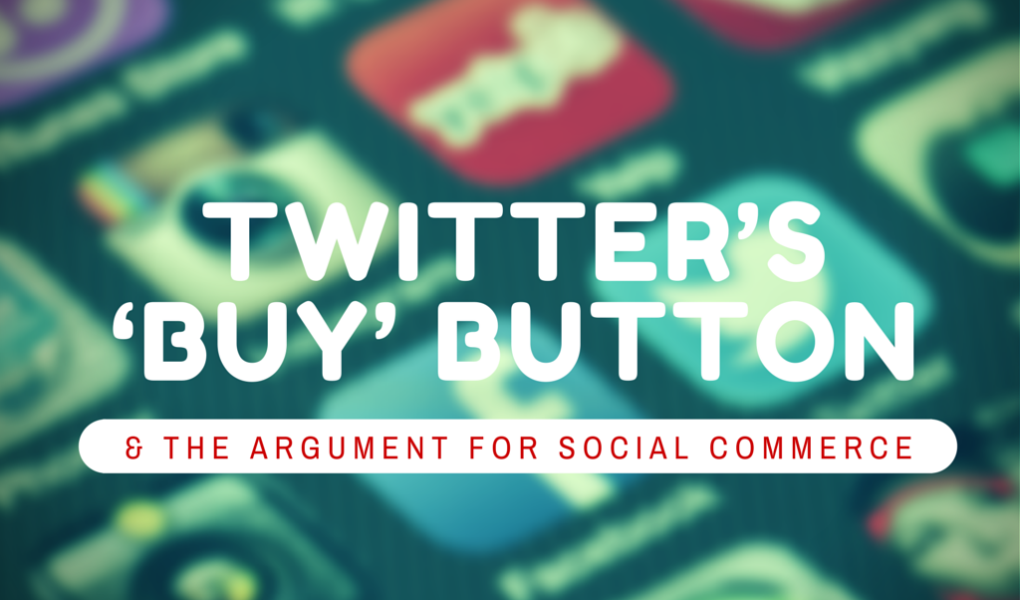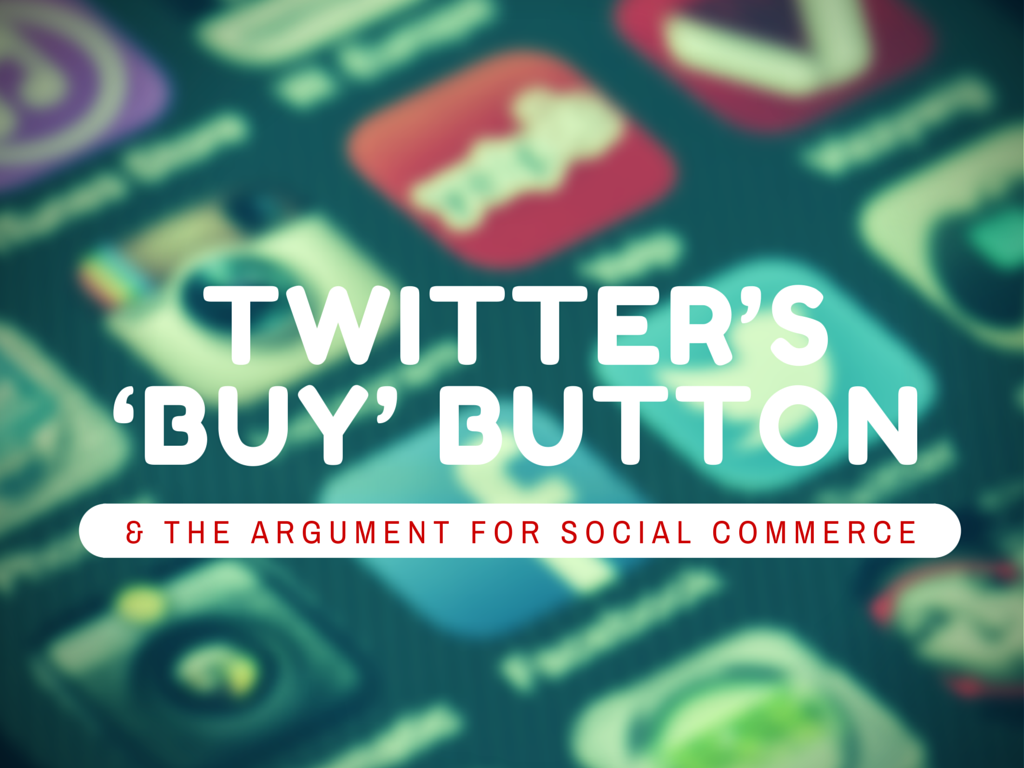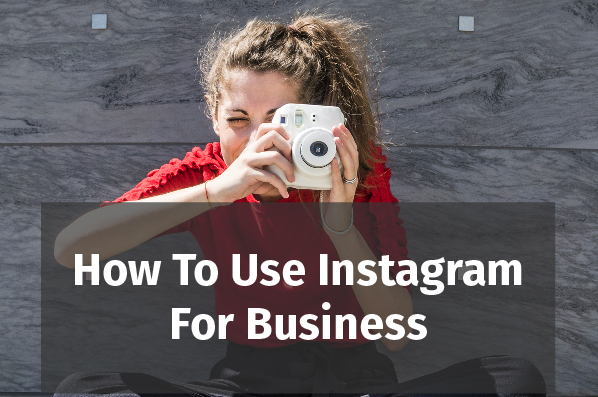All that money and attention from a successful IPO is a great thing for a corporation’s founders, but there is another side to the IPO equation. Eventually, shareholders want more than big-data insights into monthly active users. Twitter is responding to this pressure by introducing its version of commerce.
The pressure on across the board for social media platforms to prove they are worth the billions at which they are valued is being increased by shareholders. So far, the term for this new development is “social commerce,” but the commerce part is still largely unproven.
Nowhere is this experiment more graphically represented than with Twitter’s recent introduction of their shopping cart interface–the soon to be ubiquitous Buy Button.
Better Late Than Never?
Social media is still one massive social experiment, and the commerce aspects of social media are now on the front burner. Right now, there are not a lot of answers. Most brands are using social media for marketing, but a fairly substantial majority also report that their results are inconclusive.
Here are a few questions this experiment is trying to answer.
- A buy button is a buy button, and a shopping cart is a shopping cart.
- Does anyone really believe Twitter will be a better place to shop than the places where billions of transactions are already taking place?
- Does anyone really want to shop on Twitter especially if they’re using it for a newsfeed or to keep up with friends?
- Does anyone want to see more ads in the endless stream of mostly meaningless tweets?
- Can purchase opportunities actually make the twitter experience more meaningful? For whom?
- Will Twitter’s buy button ever be more than an impulse buy like picking up gum or a candy bar at the checkout counter?
- Can marketing and sales be successful on the same digital platform without alienating potential customers?
- How can Twitter protect customers from scammers and hackers?
Making It Easier
Obviously, for Twitter to succeed in this endeavor, it will have to make the online purchasing experience at least as simple and easy as the commerce experience most online shoppers have come to expect. This means storing credit card and other personal information, or partnering with a third party to perform this crucial task securely. It also means working with other companies who are controlling the user experience, which has traditionally been something ecommerce companies have been unwilling to do.
Measuring Success
Twitter will know who has clicked which Buy Button how many times, but who is going to be collecting all the statistics on abandoned carts and all the other little nuanced bits of customer information that retailers know about their customers. Giving Twitter a cut of the revenue from a transaction is one thing, but carving out Twitter’s share of all the other back-end data may be something retailers are unwilling to do unless Twitter is sending huge volumes of business their way.
No one knows yet how successful these experiments in converting what have essentially been branding and messaging platforms into a sales platform will be. Chances are, it will be more complex than just adding a buy button. But, there must be some sort of starting point, and the buy button is certainly something online shoppers are familiar with.
But, all the technicalities aside, for whom is Twitter doing adding the commerce functionality, customers or shareholders? And, can they meet the competing demands and conflicting interests of these separate constituents?
These are the questions that Twitter-watchers will ultimately want to know the answer to. And, it is the answers to these questions that will ultimately determine how well Twitter fares in the market capitalization game. This drama has just begun. There will no doubt be more twists and turns in this plot than in a Robert Ludlum novel. Stay tuned.
Related Posts
Megan Marie Ritter is an online business journalist and entrepreneur in Southern California. She loves writing about social media and enjoys sharing interesting infographics. In addition to media marketing, her writing also covers business communications, technology, globalization and the economy, and VoIP.







![How to Make Money on Youtube: 9 Ways Influencers Monetize Their Youtube Channels [Infographic]](https://visualcontenting.com/wp-content/uploads/2017/03/How-to-Make-Money-on-Youtube-1.png)

I believe if the advertiser is targeting the right consumer and aligns with the interest of that individual that they will most certainly hit the buy button.
This has been working well for several brands on Facebook and it will certainly do well for those that implement it correctly on Twitter.
Great post.